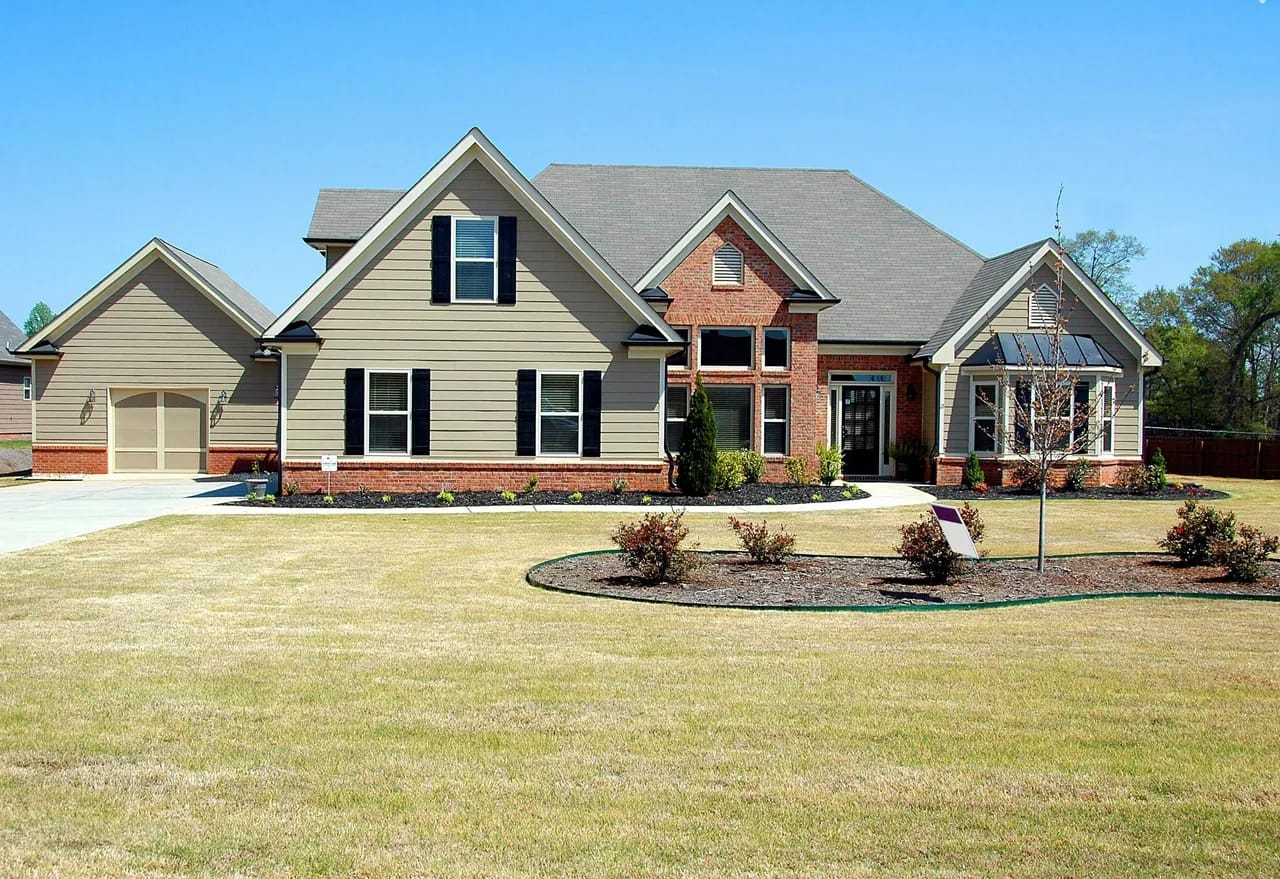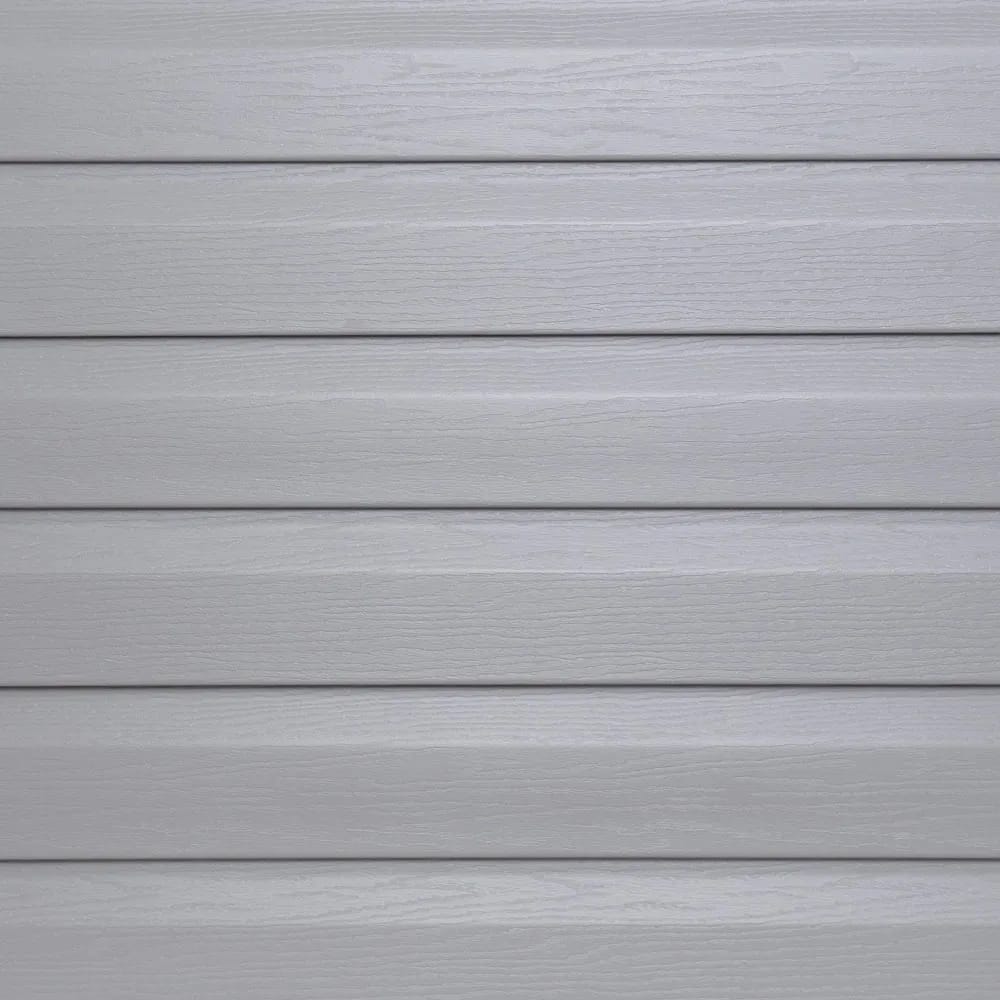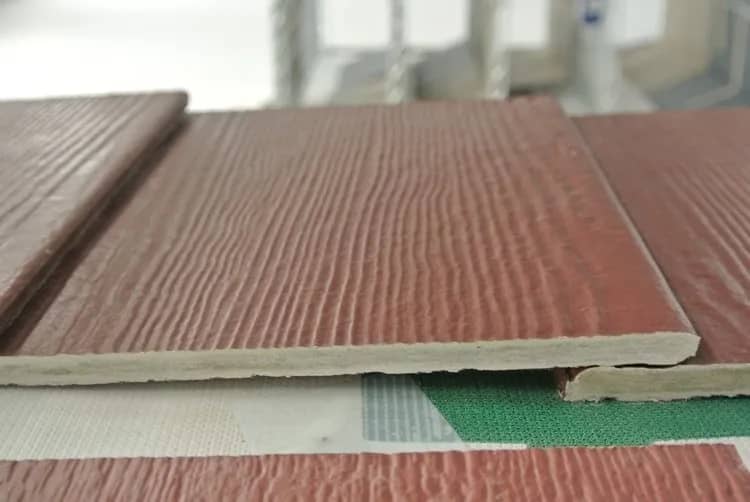The Ultimate Guide to Vancouver Siding - Vinyl vs. Fiber Cement

Siding is one of the most popular options for exterior walls when it come to low-rise buildings in Vancouver. Low-rise buildings include single family homes, town-houses, and four to six storey multi-family buildings. If you’re not familiar with the term siding, fear not, as we will explain what siding is, look at some of the most popular types of siding used locally and review pros and cons of each.
What is Siding?
Siding refers to the exterior cladding or material applied to the outer walls of a building, primarily designed to protect it from the elements and enhance its aesthetic appeal. Siding comes in various materials, including vinyl, wood, fiber cement, metal, and engineered wood. It serves both functional and decorative purposes, providing insulation, weather resistance, and an additional layer of protection against moisture, wind, and other environmental factors. Siding is a versatile choice, allowing homeowners to customize the appearance of their homes and choose materials that align with their preferences, architectural style, and maintenance preferences. It plays a crucial role in shaping the overall look and durability of residential and commercial structures.
When it comes to siding there are quite a lot of options available on the market and each come with their own sets of pros and cons. As such, let’s delve into some of the popular Vancouver siding options and pros and cons of each.
Vinyl Siding
Vinyl siding is composed of PVC resin, along with other additives, colorants, and stabilizers. These components are combined to create a durable and weather-resistant material. Vinyl siding comes in a variety of profiles and styles, including horizontal panels, vertical panels, shingles, and shakes. This allows homeowners to choose a design that complements the architectural style of their homes.

Pros of vinyl siding
Cost-Effectiveness – Vinyl siding is generally more budget-friendly compared to many other siding materials. Its lower initial cost makes it an attractive option for homeowners looking to enhance their home’s exterior without breaking the bank.
Low Maintenance – Vinyl siding is known for its low maintenance requirements. It doesn’t require painting, staining, or sealing, which reduces ongoing upkeep costs and time investment. Periodic cleaning with a mild detergent and water is usually sufficient to keep it looking fresh.
Durability – Vinyl siding is resistant to common issues like rot, insect damage, and moisture. It can withstand various weather conditions, including rain, snow, and UV exposure, without deteriorating or losing its color.
Versatility – Vinyl siding offers a wide range of styles, colors, and textures, providing homeowners with the flexibility to choose an option that complements their architectural preferences. It can mimic the appearance of other materials, such as wood or cedar shakes.
Energy Efficiency – Many vinyl siding products come with integrated insulation options. This can contribute to increased energy efficiency, helping to regulate indoor temperatures and potentially reduce heating and cooling costs.
Quick Installation – Vinyl siding is relatively easy and quick to install compared to some other siding materials. This efficiency can result in lower labor costs and faster project completion times.
Longevity – When properly installed and maintained, vinyl siding can have a long lifespan. It doesn’t warp, rot, or corrode, contributing to its durability and longevity.
Color Retention – Vinyl siding is engineered to resist fading over time, maintaining its color vibrancy even in the face of prolonged exposure to sunlight.
Environmentally Friendly – Vinyl siding is recyclable, making it an environmentally friendly option. Many manufacturers offer recycling programs to responsibly dispose of old vinyl siding.
Warranty Coverage – Vinyl siding often comes with generous warranties from manufacturers, providing homeowners with peace of mind regarding the performance and longevity of the product.
Cons of vinyl siding
Imitation Appearance – While vinyl siding comes in various styles and colors, some homeowners may find that it doesn’t quite replicate the natural appearance of materials like wood or stone. High-end, realistic vinyl options are available, but they may come at a higher cost.
Vulnerability to Impact – Vinyl siding can be susceptible to damage from impact, such as hail or strong impacts from debris. This may result in dents or cracks, requiring repairs or replacement of affected panels.
Environmental Impact – The production and disposal of vinyl siding can have environmental implications. Some environmentalists raise concerns about the use of PVC (polyvinyl chloride), a material in vinyl siding production, and its potential long-term impact on the environment.
Limited Color Customization – While vinyl siding offers a range of colors, it may not provide the same level of customization as materials that can be painted or stained. Homeowners looking for a specific, unique color may find the options somewhat limited.
Challenges in Matching – If a section of vinyl siding is damaged and needs replacement, finding an exact match to the existing color and style can be challenging. This may result in a noticeable difference in appearance.
Non-Biodegradable Material – Vinyl siding is not biodegradable, and if not properly recycled, it can contribute to landfill waste. However, many areas now have recycling programs for vinyl siding.
Moisture Trapping – Improper installation or inadequate moisture barriers can lead to moisture trapping behind vinyl siding, potentially causing mold or mildew issues.
Fiber Cement Siding
Fiber cement siding is typically made from a blend of Portland cement, sand, and cellulose fibers. The cellulose fibers, often sourced from wood, enhance the material’s strength and flexibility.

Pros of fiber cement siding
Durability – Fiber cement siding is highly durable and resistant to common issues such as rot, decay, and pests. It can withstand harsh weather conditions, including heavy rain, strong winds, and intense sunlight.
Fire Resistance – One of the notable features of fiber cement siding is its fire resistance. It is non-combustible, providing an added layer of safety to the home and making it suitable for regions prone to wildfires.
Low Maintenance – Fiber cement siding requires minimal maintenance. It does not need to be painted as frequently as wood siding, and its color tends to remain stable over time. Routine cleaning is usually sufficient to keep it looking fresh.
Resistance to Insects – Unlike wood siding, fiber cement is not susceptible to termite damage or other insect infestations, reducing the risk of structural compromise.
Versatility in Design – Fiber cement siding is available in various styles, textures, and finishes, allowing homeowners to choose a design that complements the architectural style of their homes. It can mimic the appearance of wood, shingles, or stucco.
Weather Resistance – Fiber cement siding is designed to resist moisture, making it suitable for humid climates. It does not warp or swell when exposed to rain or high humidity.
Color Stability – The color of fiber cement siding tends to be stable over time, and it is less prone to fading compared to some other siding materials. This reduces the need for frequent repainting.
Long Lifespan – When installed and maintained correctly, fiber cement siding can have a long lifespan, providing lasting protection and aesthetic appeal for many years.
Environmentally Friendly – Many fiber cement siding products use sustainable materials, and some manufacturers incorporate recycled content. Additionally, fiber cement is non-toxic and doesn’t emit harmful gases.
Impact Resistance – Fiber cement siding is resistant to impact from hail, debris, or other objects. This quality contributes to its overall durability and ability to withstand external forces.
Warranty Coverage – Fiber cement siding products often come with substantial warranties from manufacturers, providing homeowners with confidence in the product’s performance and longevity.
Cons of fiber cement siding
Upfront Cost – Fiber cement siding tends to have a higher initial cost compared to some other siding materials, such as vinyl or wood. The expense includes the cost of materials and professional installation.
Installation Complexity – Installing fiber cement siding requires expertise, and it can be a more complex process than installing certain other siding materials. Professional installation is often recommended to ensure proper alignment, sealing, and ventilation.
Weight – Fiber cement siding is heavier than some alternative siding materials, which can make handling and installation more challenging. This may also necessitate additional structural support.
Painting Requirements – While fiber cement siding holds paint well, it may require periodic repainting over time. Some homeowners prefer the natural weathering of the material, while others may find the need to repaint a drawback.
Moisture Absorption – Although fiber cement siding is resistant to moisture, it is not entirely impervious. In certain conditions, if the material is not properly installed or maintained, moisture can be absorbed, leading to potential issues like mold or mildew.
Brittleness – Fiber cement siding can be brittle, especially during extremely cold weather. This brittleness can make the material more prone to cracking or breaking upon impact.
Limited Insulation – Fiber cement siding does not inherently provide insulation. While some products come with integrated insulation options, additional insulation may be required for enhanced energy efficiency.
Environmental Concerns – The production of fiber cement involves energy-intensive processes, and it may generate dust containing silica, which poses respiratory hazards. Proper safety measures are crucial during installation and cutting.
Maintenance Challenges – While fiber cement siding is generally low maintenance, repairs, if needed, can be challenging. Matching the original color and texture may be difficult, and improper repairs may result in noticeable differences.
Wood, engineered wood and shake siding are also great alternatives to vinyl and wood siding. Some of the other alternative exterior options include stucco, brick or stone veneer, which we will delve into on our blog in the upcoming weeks.
If you are considering refreshing the exterior of your home and looking for a reputable Vancouver siding contractor, look no further. Book a free consultation on our website and a member of our team will come to you and walk you through the various options to help you give your home a fresh look!
www.quayconstruction.ca
info@quayconstruction.ca
(778) 697-9924
